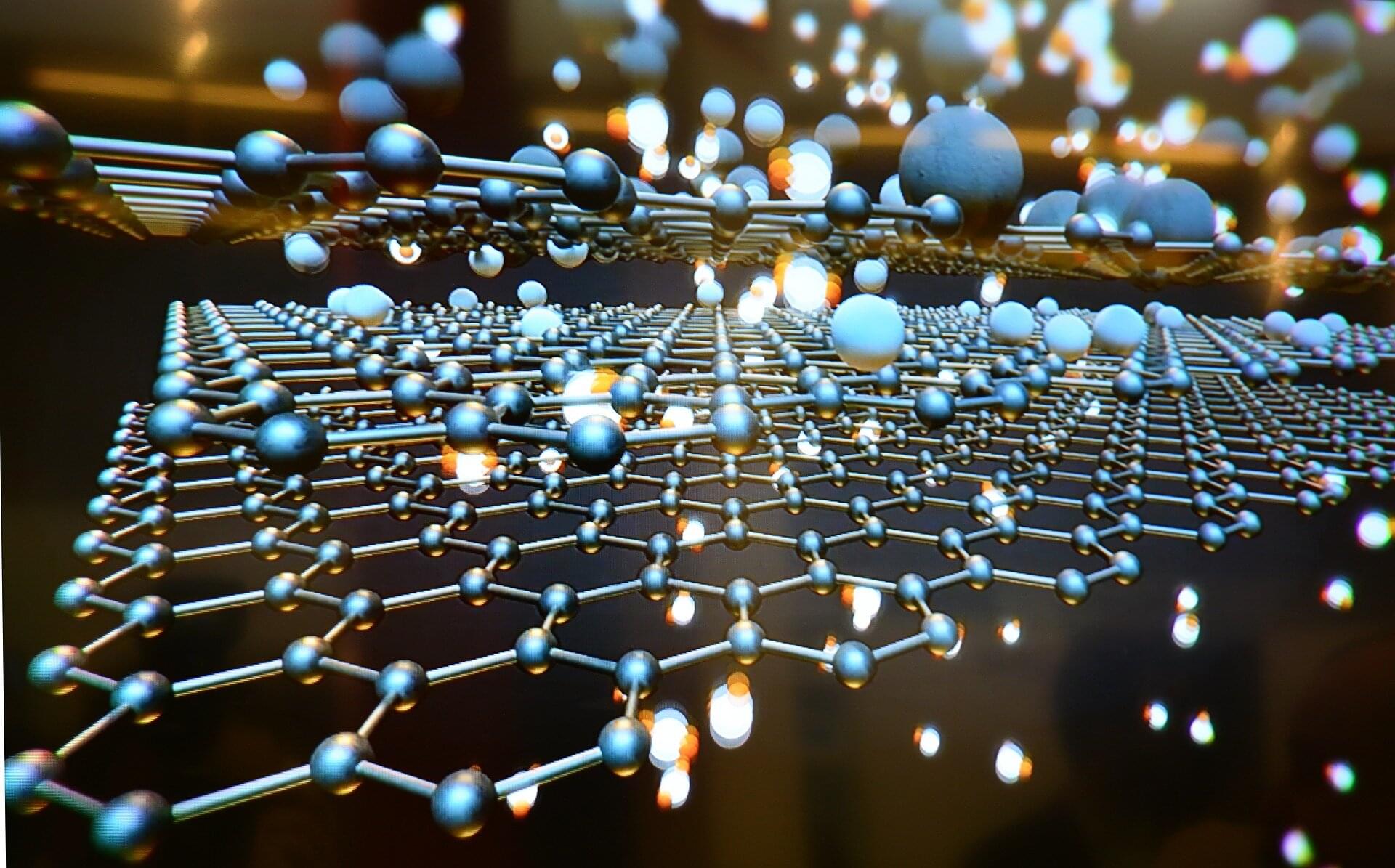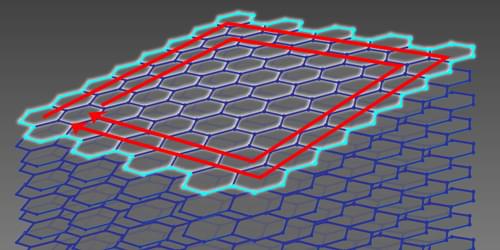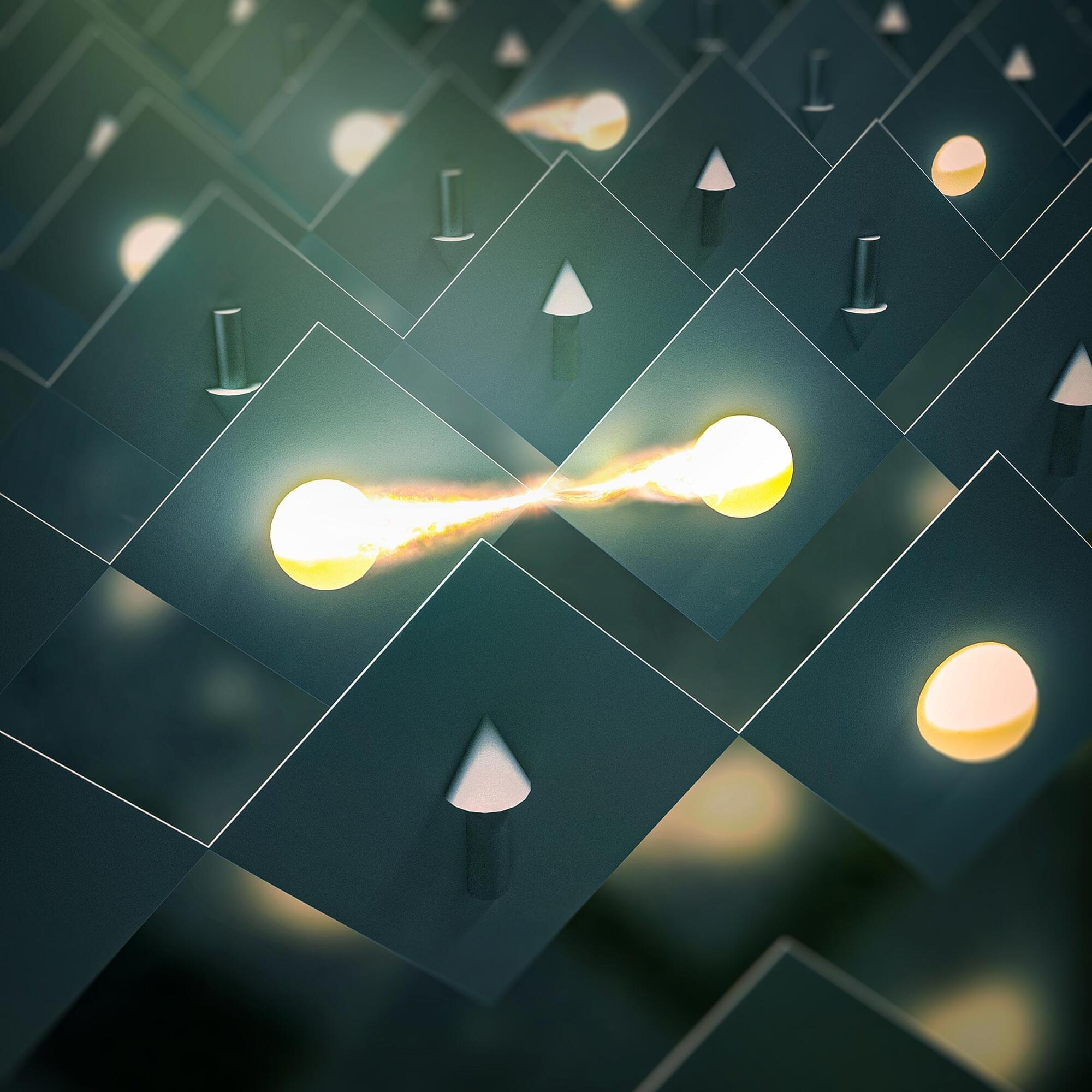In the intricate world of quantum physics, where particles interact in ways that seem to defy the standard rules of space and time, lies a profound mystery that continues to captivate scientists: the nature of deconfined quantum critical points (DQCPs). These elusive critical phenomena break away from the conventional framework of physics, offering a fascinating glimpse into a realm where quantum matter behaves in ways that challenge our classical understanding of the fundamental forces shaping the universe.
A recent study, led by Professor Zi Yang Meng and co-authored by his Ph.D. student Menghan Song of HKU Department of Physics, in collaboration with researchers from the Chinese University of Hong Kong, Yale University, University of California, Santa Barbara, Ruhr-University Bochum and TU Dresden, has unraveled some of the secrets concealed within the entangled web of quantum systems.
Their findings, recently published in Science Advances, push the boundaries of modern physics and offer a fresh perspective on how quantum matter operates at these enigmatic junctures. The study not only deepens our understanding of quantum mechanics but also paves the way for future discoveries that could revolutionize technology, materials science, and even our understanding of the cosmos.







